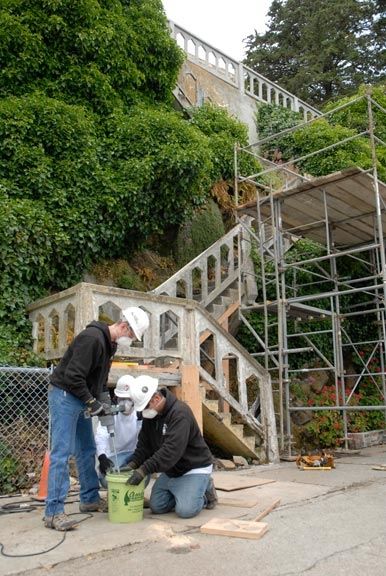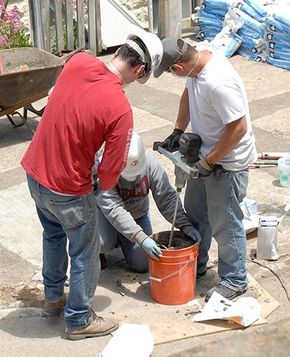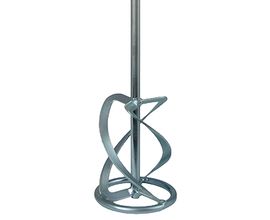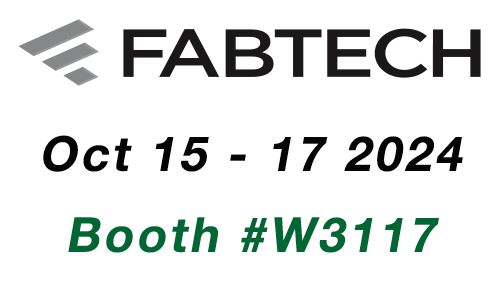Alcatraz has the Right Blend with CS Unitec's Portable Mixer
Alcatraz has the Right Blend with CS Unitec’s Portable Mixer

Creating the perfect mix is always important when repairing concrete – especially so when preserving a national historic landmark – but the task is much easier when outfitted with reliable, high-performance equipment. Eight Concrete Industry Management (CIM) degree students from California State University, Chico (CSU Chico) learned that lesson first-hand this summer while working on Alcatraz Island.
The CIM program at CSU Chico – one of five of its type in the United States – has partnered with the National Park Service to offer a hands-on summer field school that is partially funded and supported by the National Park Service, Alcatraz concession fees and the BASF, a leading world-wide chemical company that also produces construction products and materials. Small-scale projects are completed around the island each summer, allowing CIM students to complement their classroom and laboratory education with “real world” problems and solutions.
“With this program, our students get first-hand technical and managerial knowledge of concrete repair,” states Tanya Wattenburg Komas, CSU Chico professor and CIM director. “We are able to use state-of-the-art tools and materials while contributing to the preservation of a piece of history.”
Summer 2011’s project was to repair the “Puppy Stairs,” a steep, 32-foot-high, 60-step steel rebar-reinforced staircase used by a warden and his corgi when Alcatraz was still a military prison in the early 1900s. As a permanent concrete fixture on the island, unpredictable environmental conditions such as sun, rain, fog, wind and sea spray have visibly taken their toll. The structure’s steel rebar skeleton has corroded, allowing the concrete façade to crack and break away.

The plan for the stairs was to repair the existing structure and restore it using state-of-the-art materials donated by BASF. The main repair material used was BASF’s 2-component ZERO-C™ vertical overhead repair mortar, chosen for its excellent bond, resistance to sulfates and chlorides, low permeability, high compressive strength, and workability in difficult locations. Other ZERO-C mortars used included horizontal and self-leveling.
Even though many of the materials and equipment were donated, great care was needed to ensure that everything was used efficiently. At the beginning of the summer, all project materials were transported to the remote island by barge. The students took the first ferry to the island each morning with NPS staff. Any large, heavy or bulky items needed on-site after the initial barge drop would result in project delays and unexpected transportation expense.
Given the additional demands of working with specialized materials such as ZERO-C, plus the short timeline for the project – not to mention the group's experience with some unreliable machinery in the past – securing the proper equipment for the job was essential. "We knew we needed a new heavy-duty portable mixer we could count on," Komas said.
ZERO-C vertical/overhead has a relatively short working time, and its mixing requirements necessitate a reliable, capable hand mixer. Free fall and rotating drum mixers cannot be used. Additionally, manufacturer’s directions dictate that full, not partial, batches of the compound must be mixed. For this task, BASF recommends a slow-speed, high-torque paddle mixer.
Komas contacted CS Unitec, Inc. directly and, after learning more about the CIM CSU Chico/Alcatraz project, the company donated an EHR 23/1.3R mixer and a 6” high-viscosity paddle. The CIM program had previously used an older CS Unitec mixer during their World of Concrete Artistry project and in their laboratory. After putting it through its paces on internal projects ranging from QUIKRETE® to GFRC and custom mixes for different student projects, Komas knew that CS Unitec had the ideal mixer with specifications and reliability to support the summer Alcatraz project.
The students used the 14.5 amp, 100-275 RPM variable-speed mixer for the ZERO-C aspect of the project and for other repair mortar, as well as decorative coatings that would mimic the colors, textures and finishes of existing concrete on the island. The helical design of the paddle allowed efficient blending of the materials, mixing from the bottom up to prevent air bubbles from being sucked into the material. For a brief time, the mixer was borrowed by the park service for various road patching and other maintenance projects around the island.
At only 15 lbs., the mixer was also greatly appreciated when the students had to tote it up and down stairs and back and forth from the storage area each working day. “It is definitely very portable for the power and high torque it supplies,” said Komas. “It provided consistent results day after day and never slowed down or overheated. There was never any unmixed product in the bottom of the bucket. Everyone on our team, both male and female, was able to use the mixer comfortably.”
 Urgent Weekend/Holiday Fulfillment Available - Click For Details
Urgent Weekend/Holiday Fulfillment Available - Click For Details 






